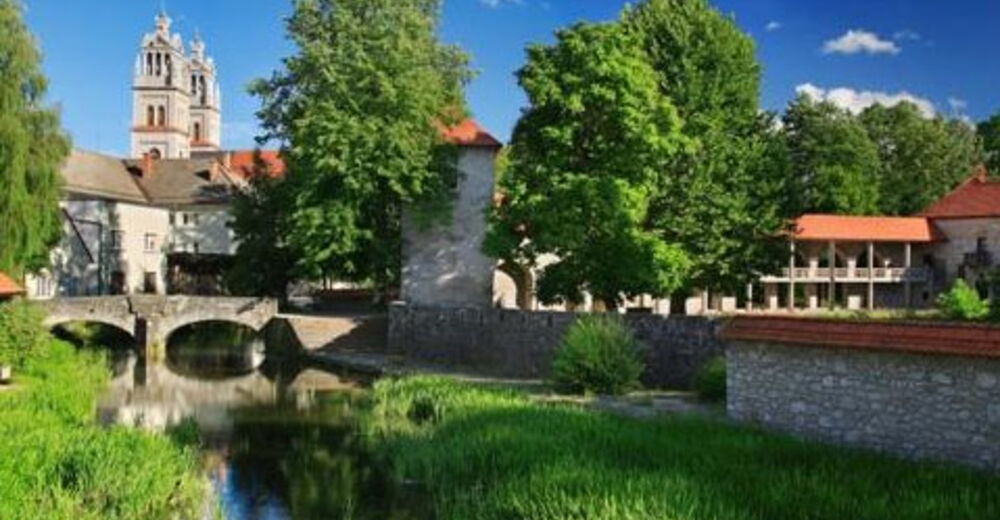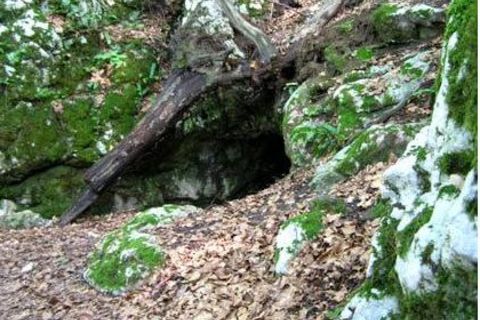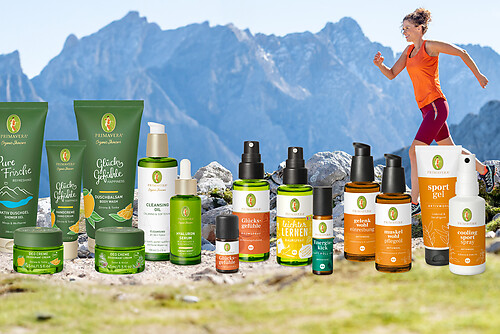Hill vineyards and little hilltop churches, castles and monasteries, broad forests and groves of birch trees give the extensive region of south-east Slovenia a particular charm. Dolenjska, which joins hands with Bela Krajina across the beautiful Gorjanci Hills and, further up, with the Posavje region, is an area that offers countless opportunities to relax, explore and enjoy, to visit natural sights of interest and make interesting stops along heritage trails and wine routes.
One of the sights of Ribnica, the cradle of Dolenjska woodenware, is Ribnica Castle, which today houses a small museum of local culture and traditions. You can see traditional craftsmen at work in the town's workshops and at numerous events. In Kočevje, the centre of one of the most forested parts of Europe, you can see the virgin forest reserve in Kočevski Rog, visit the Ice Cave or the Željne Caves, and relax by the lake or on the river Rinži. The area has numerous footpaths, nature trails, cycling trails and horseriding trails. Anyone seeking something a little bit more out of the way should visit the area around Kostel. One of the sights of this mysterious region above the gorge of the river Kolpa is Kostel Castle and, nearby, the legendary Nežica waterfall. The Land of Peter Klepec (after the legendary hero) has its centre in Osilnica, a valley with seven churches and various opportunities for recreation: from water sports on the Kolpa to hiking trails and cycling routes.
Those wishing to follow the waters towards the south can set off from the centre of Slovenia along the river Krka. From its source in Krka Cave to Žužemberk, the location of one of the most picturesque castles in Slovenia, the river, which once drove the wheels of watermills, makes its way over a series of weirs that today attract canoeists and anglers. A different kind of experience is offered by the Temenica, a tributary of the Krka, which draws visitors through a picturesque valley of dry riverbeds, swallowholes and potholes to Trebnje and Mirna Peč.
The Krka also gives Novo mesto, the capital of Dolenjska, a town built on seven hills, its characteristic appearance. Not far from the town, with its many historical and religious monuments, are the spas of Dolenjske Toplice and Šmarješke Toplice and Slovenia's only island castle Otočec castle, which stands on an island in the middle of the Krka. The nearby Gorjanci Hills promise adventure to hikers, cyclists and hunters. Trška Gora, a hill above the town, shows us that we are in wine country, the home of Cviček, a famous local speciality.
Other traditional centres of winemaking linked by wine routes can be found in Bela krajina, for example Semič, Metlika and Črnomelj. Not far from Metlika is Rosalnice with its famous “Tri fare” – three Gothic pilgrimage churches from the 14th or 15th century, huddled together inside a common surrounding wall. In the village of Rožanec a temple to the sun god Mithra has survived from Roman times. Not far from Črnomelj is the Lahinja Nature Park.
On the other side of the Gorjanci Hills, which mark the border with Bela krajina, Dolenjska continues along the Krka all the way to the point where it joins the Sava: from Šentjernej with its equestrian tradition, it leads to Pleterje with its famous Carthusian monastery.
Source: www.slovenia.info/en/Regionen/S%C3%BCdosten-Slowenien.htm?_ctg_regije=28&lng=2&redirected=1
Consejos para el tiempo libre Südostslowenien

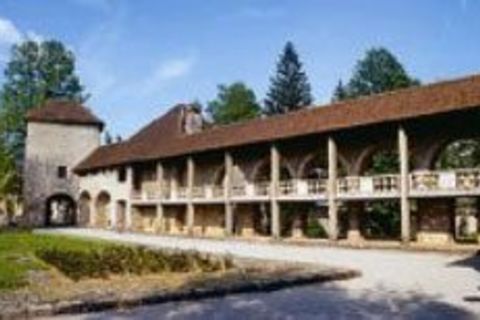
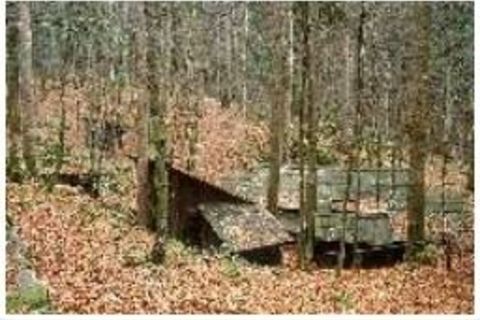
Mostrar todas las actividades de tiempo libre.
Contacto Südostslowenien

STIC - Slowenisches Tourist-Info-Center
Krekov trg 10, SI-1000 Ljubljana
- Teléfono
- +386 1 3064575
- FAX
- +386 1 3064580
- Página de inicio
- http://www.slovenia.info/
- stic@visitljubljana.si

